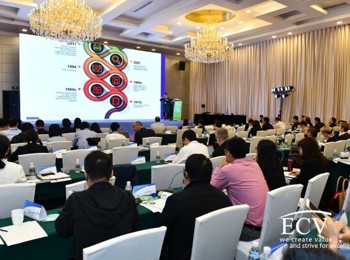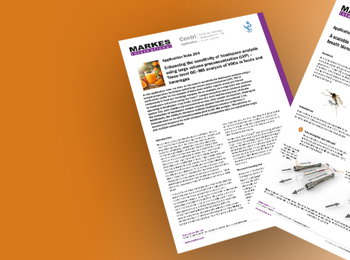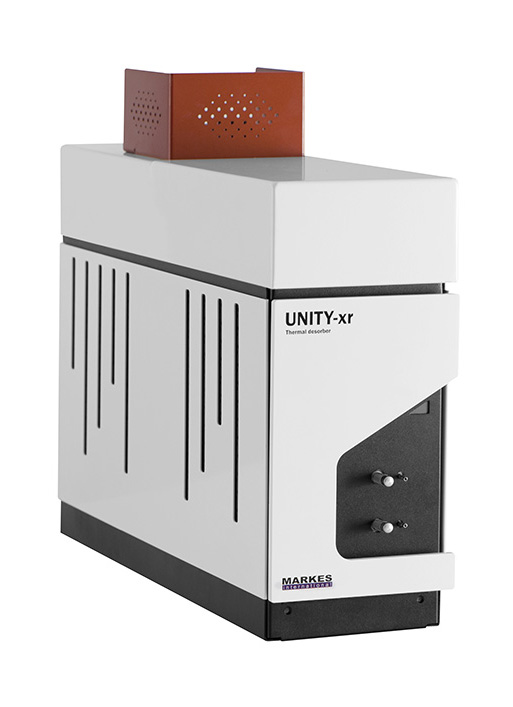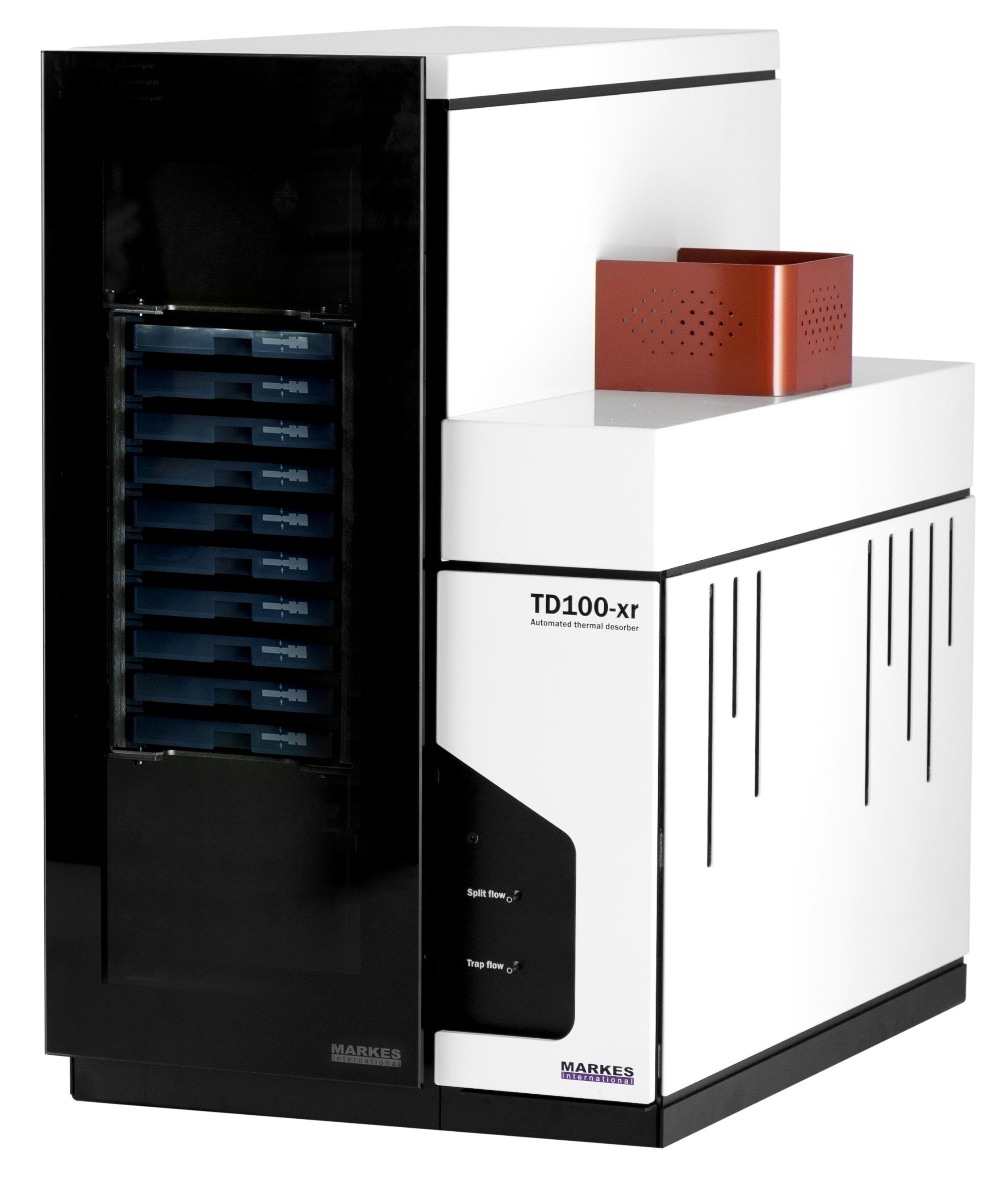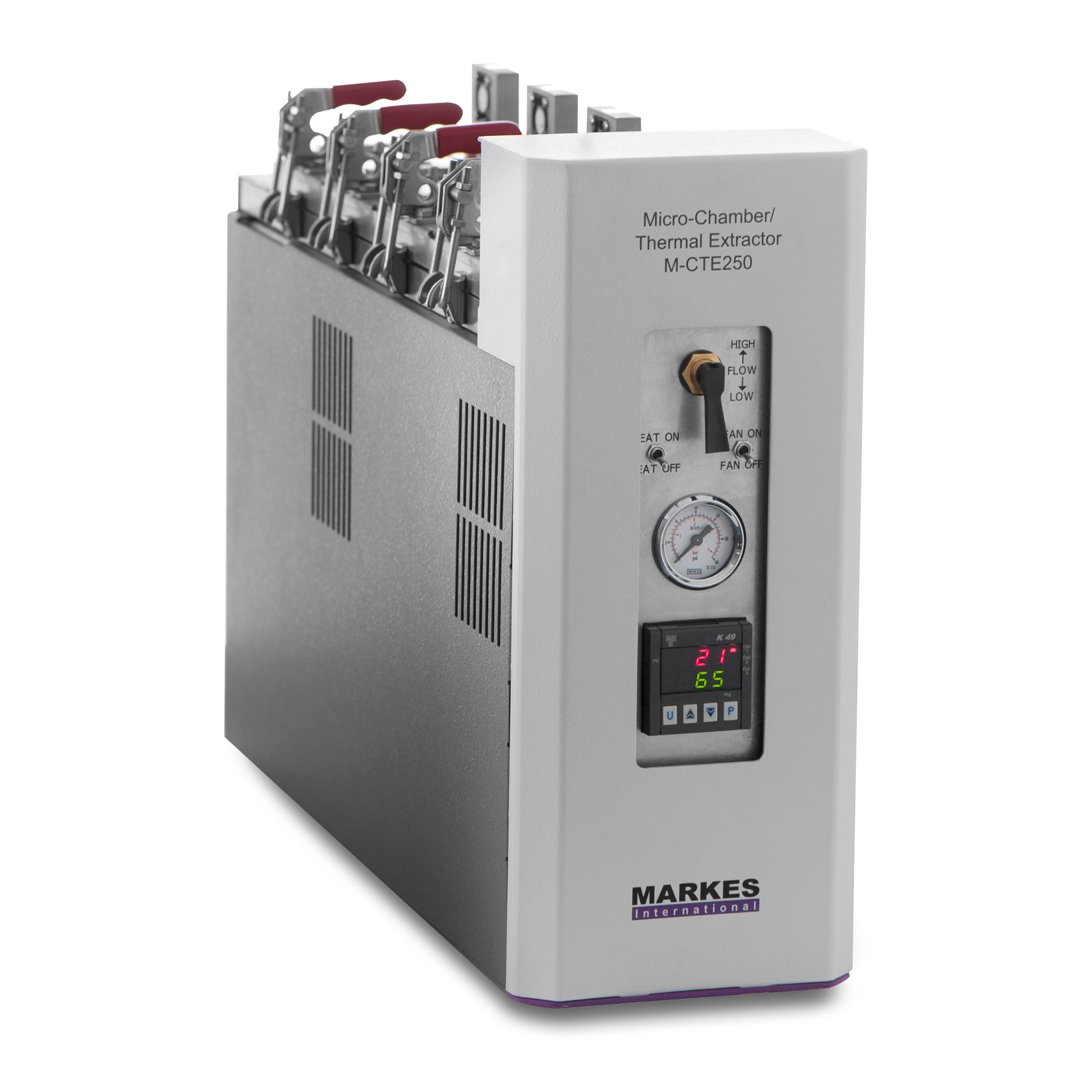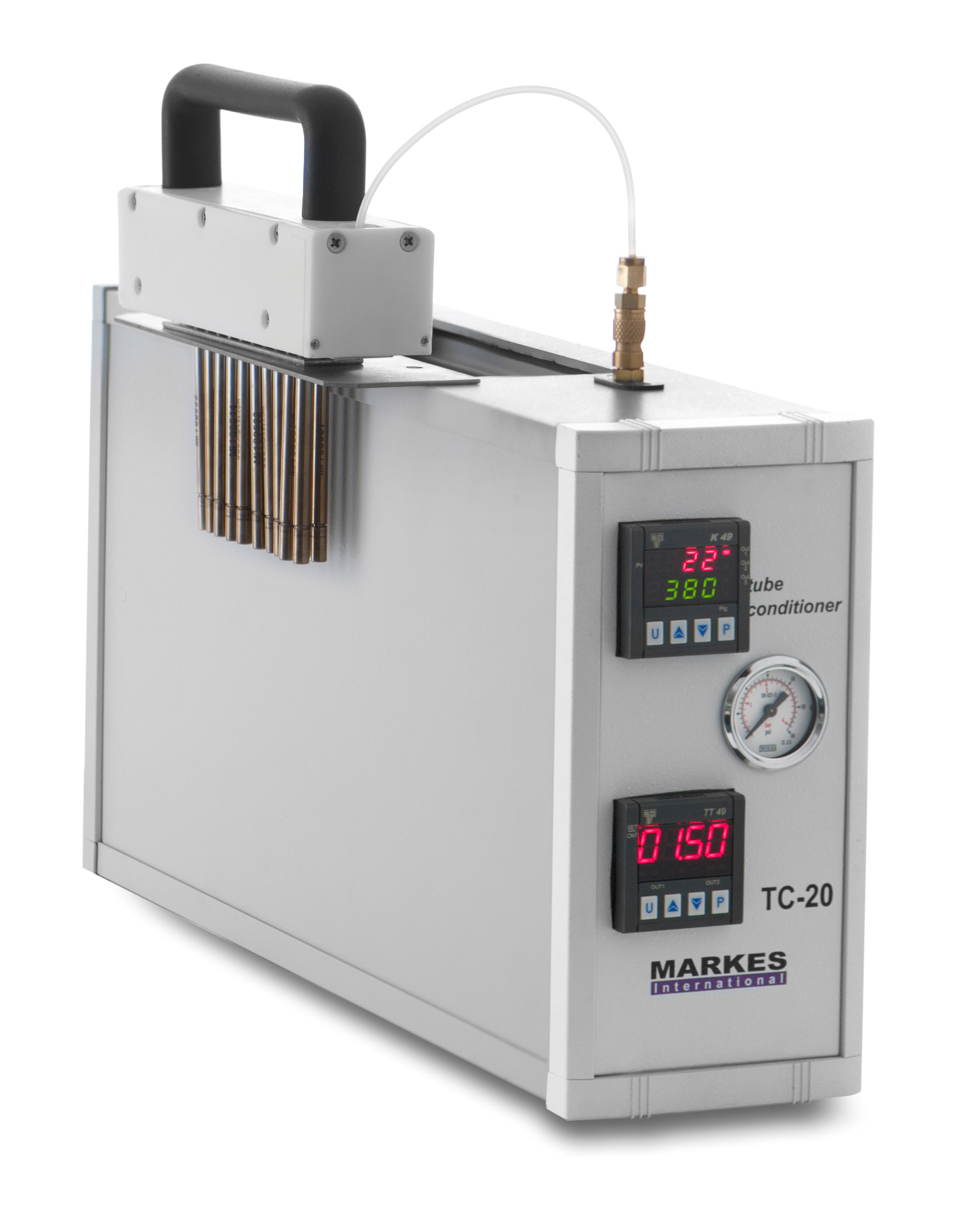Environmental chambers and small chambers are typically used for certification of automotive components and assemblies, and are often seen as the ‘gold standard’ of testing for component parts that affect vehicle interior air quality (VIAQ).
What does product certification involve?
The reference tests needed for final certification testing of car trim materials typically use one of two approaches:
- 'Small' chambers (typically ~1 m3): These enclose a single car trim component or assembly part, and are usually performed in accordance with ISO 16000‑9, ISO 12219-4, ISO 12219-6 or VDA 276.
- Sampling bags (from 10 L to 2000 L): These enclose a single car trim component or assembly part, and are usually performed in accordance with ISO 12219-2, ISO 12219-9 or a variety of manufacturer-specific methods.
In all cases, sampled air is passed through a sorbent-packed thermal desorption tube (TD), which is then analysed by TD–GC–MS.
How long does product certification take?
Product certification tests are typically carried out by third-party test labs, and can take up to a week.
Although providing comprehensive information about emissions under real-world conditions, these tests are impractical for routine assessment of components during the course of product development. For that purpose routine screening methods are recommended.
Standard methods used for component-level certification
A variety of standard methods are available for product certification, all of which use TD–GC–MS, typically using ISO 16000-6. Markes International’s involvement in drafting this method gives us a unique insight into the needs of analysts running this method.
Standard methods used for component-level certification |
|---|
BMW GS 97014-3 – Emissions measurement with air exchange in a testing chamber (summer test) |
Ford FLTM BZ 108-01 – Determination of VOCs |
Honda DWG No. 0094Z-SNA-0000 – Determination of the VOC emission |
Hyundai/KIA MS 300-55 (detailed analysis) – Determination of VOCs |
Hyundai/KIA MS 300-57 – Determination of VOC emission in a 1 m3 testing chamber |
ISO 12219-4 (VOC) – Sampling of VOCs using a small chamber |
ISO 12219-6 (SVOC) – Sampling of SVOCs using a small chamber |
ISO 12219-9 – Sampling of VOCs using a large sampling bag |
ISO 16000-9 – Emission test chamber method |
ISUZU SIC-F00-001 – Determination of the VOC emission |
Jaguar TPJLR 52.095 – Determination of VOC emissions |
Mitsubishi ES-X83252 – VOC measuring method of interior materials |
NIO-TP.GS.004-2017 – Determination of VOCs (bag method) |
Nissan NES M0402 (Method II)/M0403 – Determination of VOCs |
PATAC TS-BD-003 – Bag emission test |
Porsche PPV 8041 / VW 96423 – Emission measuring in a test cabinet |
PSA DPCA D10-0003 – Determination of volatiles |
Renault D49 3027 – Determination of volatile organic emissions – chamber test |
Toyota TSM 0508 G – Determination of volatile components |
TPJLR.52.107 – Jaguar Cars & Land Rover: Determination of VOCs from interior components |
VDA 276-1 – Determination of organic substances using test chamber (German national method) |
Volvo VCS 1027,2769 – Organic emission (test chamber procedure – standard emission testing) |
VW PV 3942 – Volkswagen: Determination of organic emissions |

